Avocado, also known as “green gold,” is a beloved fruit for its creamy texture and rich flavor. But did you know that you can easily grow your own avocado tree at home?
In this comprehensive guide, we’ll walk you through the process of growing and caring for avocado plants, from selecting the right variety to nurturing your tree to fruitful maturity.
Benefits of Growing an Avocado Tree
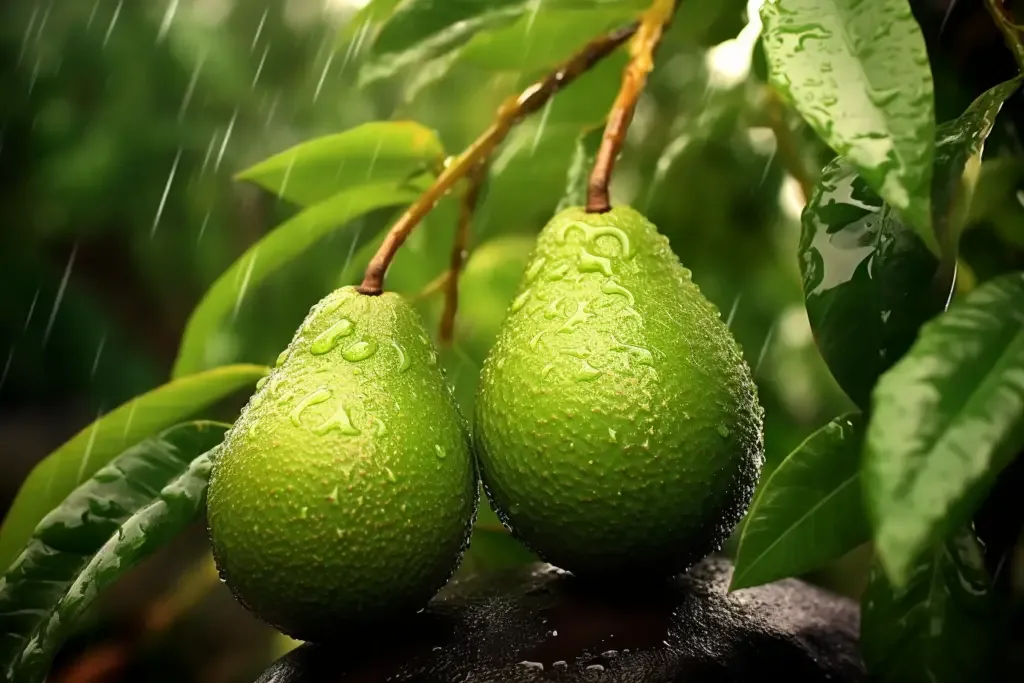
Avocado trees not only offer delicious fruits but also come with several benefits for both your garden and your well-being.
1. Homegrown Freshness
One of the most rewarding aspects of growing avocados is the ability to enjoy fresh, ripe fruit right from your own backyard. Store-bought avocados often lack the full flavor and creamy texture of homegrown varieties. Plus, you can pick them at the perfect moment of ripeness.
2. Nutrient-Rich Superfood
Avocados are packed with essential nutrients, including healthy fats, fiber, vitamins, and minerals. By cultivating your avocado tree, you’ll have a constant supply of this superfood, adding a nutritious boost to your diet.
3. Environmentally Friendly
Growing avocados at home can be an eco-conscious choice. You reduce the need for transportation and packaging, contributing to a lower carbon footprint. Additionally, avocado trees can provide shade and shelter for other plants, creating a more diverse and vibrant garden ecosystem.
My Favorite Avocado Tree Varieties
When it comes to avocado varieties, there’s a world of flavors and textures to explore. Here are three of my favorite varieties to consider for your home garden:
1. Hass Avocado
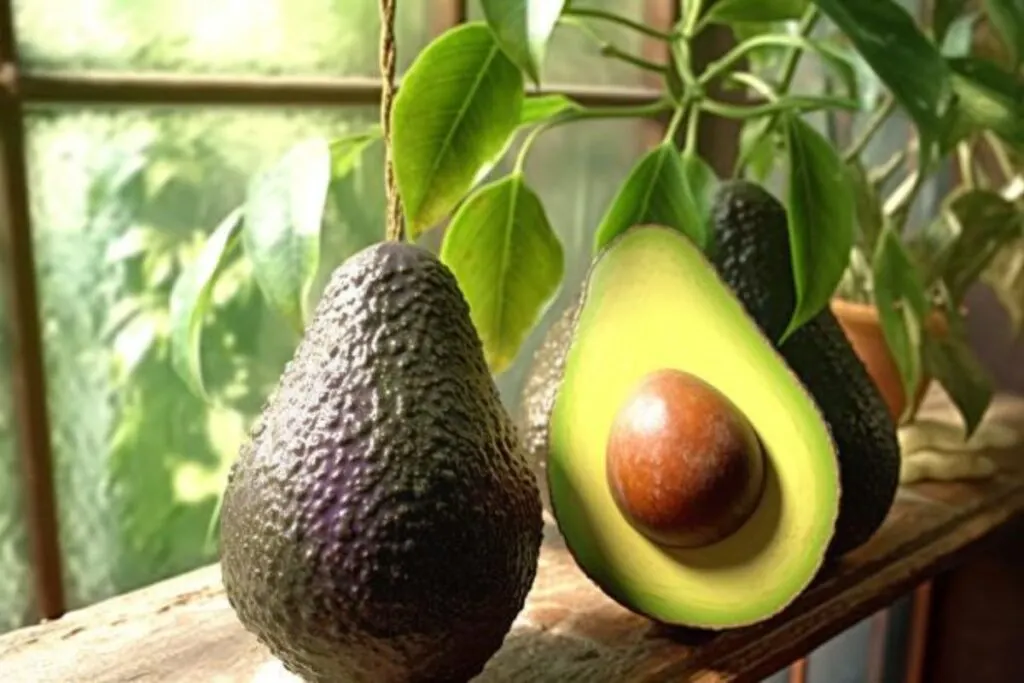
The Hass avocado is undoubtedly one of the most popular avocado varieties. Known for its pebbly skin that changes from green to purplish-black when ripe, the Hass avocado offers a creamy, nutty taste that’s perfect for guacamole, salads, and sandwiches. These trees are also relatively easy to grow, making them an excellent choice for beginners.
2. Bacon Avocado
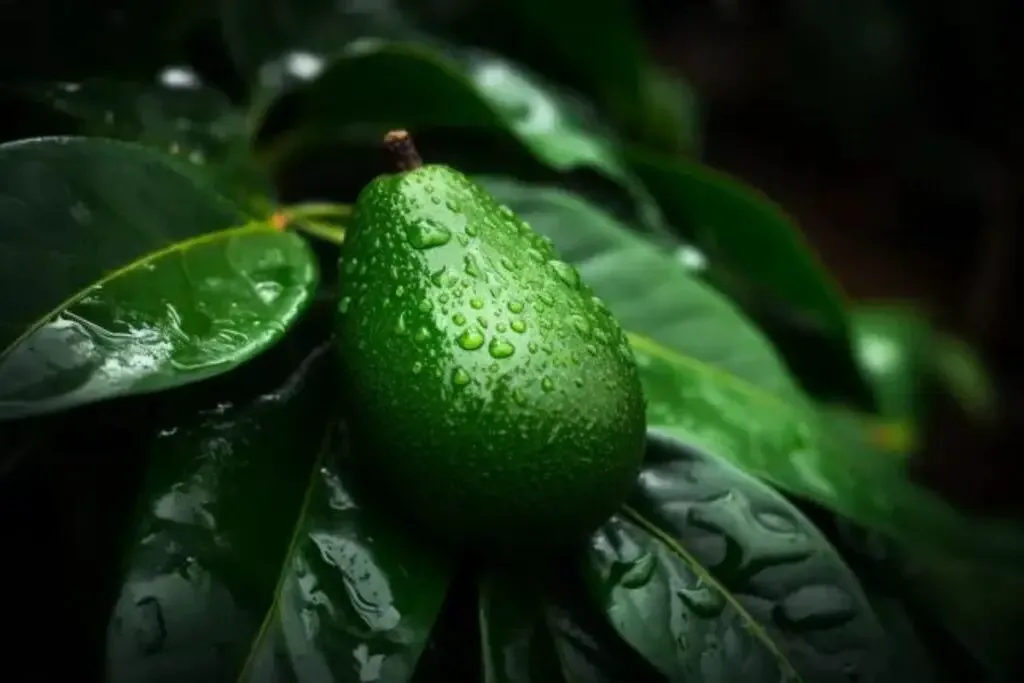
If you prefer avocados with a milder, buttery flavor, the Bacon avocado might be your top pick. These fruits have a smooth, thin skin and a creamy texture. The name “Bacon” doesn’t refer to a bacon-like flavor but rather to the last name of the California farmer who first cultivated this variety. Bacon avocado trees are cold-hardy and well-suited for moderate climates.
3. Fuerte Avocado
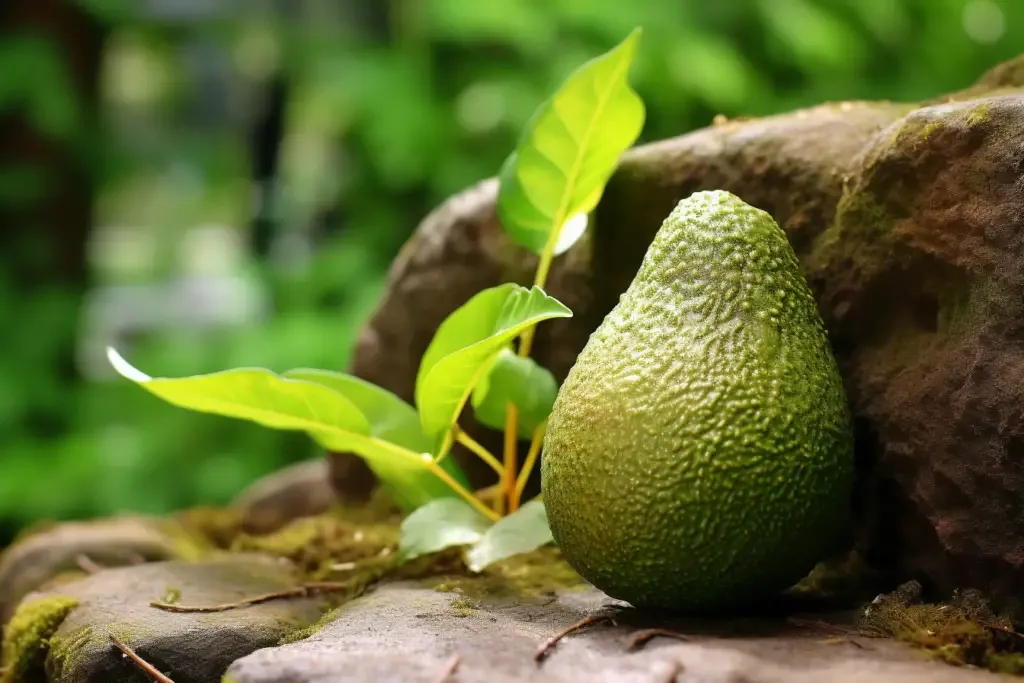
For a taste that falls between the Hass and Bacon avocados, consider the Fuerte variety. It has a smooth, medium-thick skin and a rich, creamy texture. The flavor is a delightful mix of nutty and slightly fruity notes. Fuerte avocado trees are known for their vigorous growth and can thrive in a range of climates, making them a versatile choice for many gardeners.
Avocado Tree Care
Planting

Properly planting your avocado tree is the first crucial step toward successful growth. Here’s how to do it:
- Select the Right Location: Avocado trees need a sunny spot with well-draining soil. Ensure your chosen location receives at least 6 hours of direct sunlight per day.
- Dig a Hole: The planting hole should be approximately twice the size of the root ball of the young tree. Make sure the hole is deep enough to accommodate the entire root system.
- Prepare the Soil: Avocado trees thrive in slightly acidic to neutral soil with a pH level between 6 and 7. Amend the soil with organic matter to improve drainage and fertility.
- Planting Depth: Place the tree in the hole so that the top of the root ball is level with the ground’s surface. Backfill the hole with soil, tamp it down gently, and create a small berm around the tree to help with watering.
Light
Avocado trees are sun lovers, so providing them with the right amount of light is essential for their growth and fruit production. Here are some tips:
- Full Sun: Avocado trees require at least 6 hours of direct sunlight daily. Ensure they receive adequate sunlight, especially during the growing season.
Soil
The soil you plant your avocado tree in plays a crucial role in its overall health. Here’s what you need to know about soil care:
- Well-Draining Soil: Avocado trees do not tolerate waterlogged roots. Ensure the soil drains well to prevent root rot. If your soil has drainage issues, consider planting your tree in a raised bed or mound.
- Mulch: Apply a layer of organic mulch around the base of the tree to help retain moisture, regulate soil temperature, and suppress weeds.
Water
Proper watering is vital for avocado tree care, as they have specific needs when it comes to moisture:
- Deep and Infrequent Watering: Avocado trees prefer deep watering to encourage deep root growth. Water the tree thoroughly, allowing the soil to dry out between waterings. In hot weather, you may need to water more frequently.
- Avoid Overwatering: Overwatering can lead to root rot, which is a common issue with avocado trees. Be cautious not to keep the soil consistently soggy.
Temperature and Humidity
Avocado trees thrive in moderate temperatures, and they can be sensitive to cold weather. Here are some temperature and humidity care tips:
- Protect from Frost: Young avocado trees are especially vulnerable to frost. Provide protection during cold snaps with frost blankets or by stringing holiday lights in the canopy to generate heat.
- Moderate Humidity: Avocado trees prefer moderate humidity levels. If you live in a dry climate, consider using a humidifier or misting the tree during dry spells.
Fertilizer
Proper fertilization is essential for avocado trees to ensure they receive the necessary nutrients for healthy growth and fruit production:
- Balanced Fertilizer: Use a balanced, slow-release fertilizer formulated for fruit trees. Apply it in the early spring and late summer, following package instructions.
- Avoid Excessive Nitrogen: While avocado trees need nitrogen, excessive nitrogen can lead to excessive vegetative growth at the expense of fruit production. Use a fertilizer with a balanced N-P-K ratio.
Harvesting Avocado
The art of harvesting avocados is all about timing and technique. Unlike many fruits, avocados ripen off the tree, so knowing when to pick them is key:
- Maturity Signs: Mature avocados typically have a slight change in skin color and will yield to gentle pressure. The exact timing varies by variety, but it’s generally several months after flowering.
- Test Harvest: To test for readiness, pick a few avocados and let them sit at room temperature. If they soften evenly within a week or two, the rest of the crop is likely ready.
- Harvesting Method: Use pruning shears to cut the fruit, leaving a short stem attached. This technique prevents damage to both the tree and the fruit.
- Regular Monitoring: Keep a close eye on your tree as the fruits mature, as different fruits may ripen at different times.
Pruning
Pruning is essential for maintaining the health and productivity of your avocado tree:
- Timing: The best time for pruning is in the late winter or early spring, just before the onset of new growth.
- Objective: Prune to shape the tree, encourage healthy growth, and improve sunlight penetration, and air circulation.
- Technique: Remove dead or diseased limbs, thin out dense areas, and cut back any overreaching branches to manage the tree’s size.
- Considerations for Young Trees: Light pruning can also encourage branching in younger trees.
Propagating
Propagation is a great way to expand your avocado orchard or share with friends:
- Grafting Method: Most commercial avocados are propagated through grafting to ensure fruit quality. This involves attaching a piece of a mature, fruit-bearing tree (scion) to a hardy rootstock.
- Rootstock Selection: Choose a rootstock that is disease-resistant and well-suited to your local conditions.
- Aftercare: Post-grafting care is crucial. Keep the grafted area moist and protected until the union is fully healed.
How to Grow an Avocado Tree From Seed
Growing an avocado tree from seed can be a rewarding, albeit long, process:
- Seed Preparation: Clean the seed and insert toothpicks around its midsection.
- Germination: Suspend the bottom half of the seed in water using the toothpicks as support. Place it in a warm, bright location.
- Planting: Once the sprout reaches about six inches, plant it in a pot with rich, well-draining soil.
- Patience: Growing an avocado tree from seed to fruit-bearing maturity can take several years.
Growing in Pots
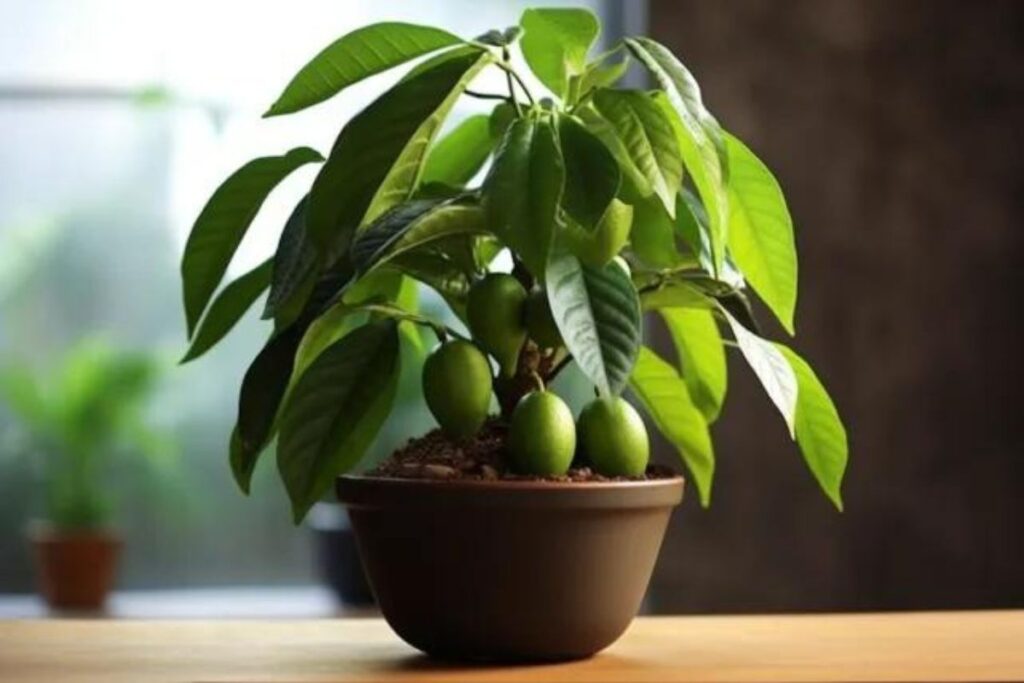
For those with limited space, growing avocado trees in pots is a viable option:
- Selecting the Right Pot: Choose a large pot with good drainage to accommodate the tree’s growth.
- Soil Requirements: Use a high-quality, well-draining potting mix.
- Sunlight: Position the pot in a location where it will receive ample sunlight throughout the day.
- Regular Care: Monitor water needs closely, as potted trees may dry out faster than those in the ground.
Overwintering
Protecting your avocado tree during the colder months is crucial, especially in non-tropical climates:
- Frost Protection: Cover the tree with frost cloths or blankets during cold nights. Use additional heat sources like string lights if needed.
- Indoor Care: If your tree is potted, move it indoors to a sunny, warm location during winter.
- Watering Adjustments: Reduce watering in the winter, as the tree’s growth slows down.
Transplanting
Transplanting an avocado tree requires care to minimize stress and shock:
- Ideal Timing: Early spring is the best time for transplanting.
- Preparation: Prepare the new site with well-draining soil and full sun exposure.
- Transplanting Process: Dig out as much of the root ball as possible and replant at the same depth. Water thoroughly after transplanting.
Common Pests & Diseases
Being vigilant about pests and diseases can save your avocado tree:
- Common Pests: Watch out for aphids, spider mites, and scale insects. Regular inspections and treatments, as necessary, can keep these pests at bay.
- Disease Management: Root rot is a significant concern, often due to poor drainage or overwatering. Plant in well-draining soil and monitor watering closely.
- Preventative Care: Healthy, well-maintained trees are less susceptible to pests and diseases. Proper feeding, watering, and pruning go a long way in preventing issues.
As we wrap up this comprehensive journey into the world of growing avocados, I hope you feel inspired and equipped to start your own avocado adventure.
Whether you’re drawn to the Hass’s rich flavors, the Bacon’s cold-hardiness, or the Fuerte’s vigorous growth, there’s an avocado tree suited to almost every garden.
Remember, growing avocados is not just about the delicious fruits; it’s a rewarding experience that connects you with nature, enhances your garden’s ecosystem, and provides a sense of accomplishment as you nurture these trees from sapling to maturity.
So, grab your gardening tools, choose your variety, and embark on the fulfilling path of growing your very own “green gold.” Happy gardening!

